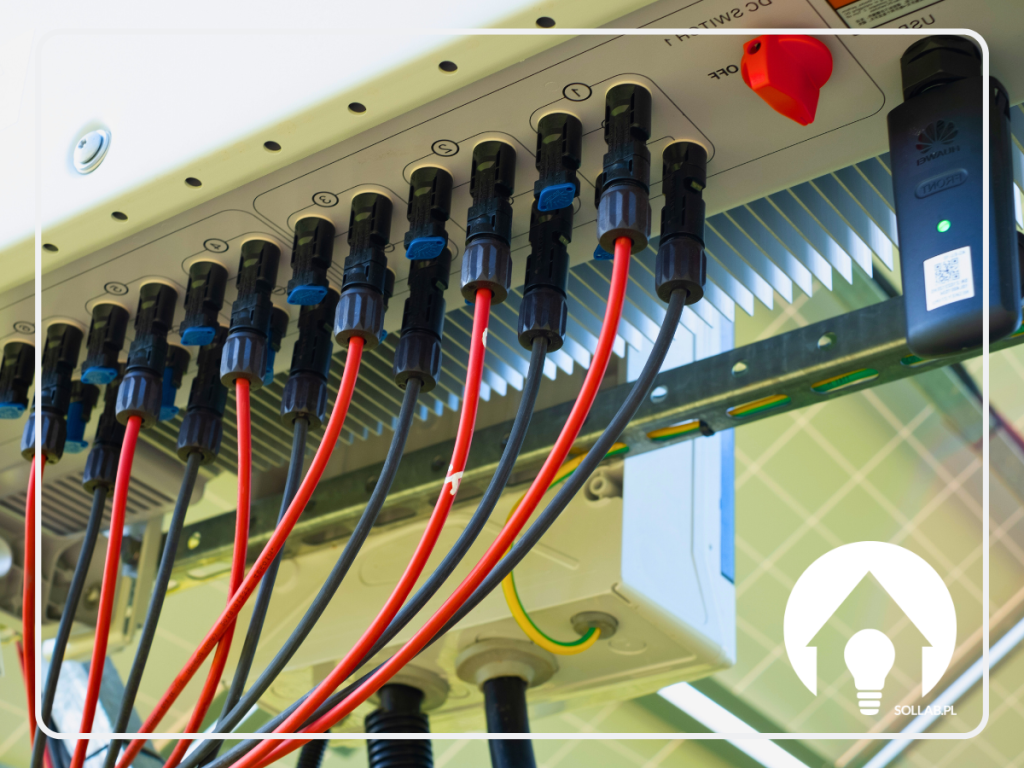What is a heat buffer? Is it necessary for a heat pump installation?
Sometimes we may encounter the opinion that a buffer for a heat pump is unnecessary. In reality, the matter is not so simple. The subject raises many questions. What is it really like? Why do you use a buffer for heat pumps? The answers to these questions can be found in the following article. We look forward to reading it!
What is a buffer?
In the context of heat pumps, a buffer tank is used to optimise the efficiency and performance of the system. Heat pumps are devices that transfer heat from one area to another, most commonly for space heating.
A buffer tank is a tank in which water is stored to supply central heating in the form of radiators or underfloor heating. It accumulates heat that can be transported to the central heating system.
In a heat pump system, the buffer separates the heat pump hydraulically and temporarily from its consumers. This means that the heat pump can operate at its nominal output over a certain period of time regardless of the demand in our house. The heat generated does not go directly to radiators or underfloor heating, but to an insulated storage tank that accumulates heat. The heat pump delivers the heat until the temperature of the water in the storage tank reaches a set value. The heat pump does not start up again until the water in the buffer has fallen below the set temperature.
Heat buffer as hydraulic coupling
Buffer tank can act as a hydronic junction, i.e. a device which serves to connect the boiler and heating circuits. Thanks to it, it is possible to connect a number of heating devices, such as a gas boiler, a fireplace with a water jacket or a heat pump, with different operating parameters, to several heating circuits, including the production of domestic hot water, the supply of convection heaters or underfloor heating, with different temperature parameters.
Variants for connecting a buffer to a heat pump
The connection of the buffer tank to the heat pump can vary depending on the specific system, its configuration and the preference of the installer.
The two basic ways of connecting a buffer storage tank are: series connection and parallel connection. Parallel connection is characterised by the fact that both the feed water and the return water that flows from the heating circuits enter the buffer. With a series connection, the feedwater enters the buffer in the return. Why is the buffer connected in series on the return? Because if it were on the supply, it would delay the heat supply to the system, which would be disadvantageous. A buffer in the return delays the temperature rise of the return water to the heat pump, thus extending its duty cycle, while the system is already supplying heat to the rooms.
How to select the buffer?
Selecting a buffer for a heat pump is an important step in designing an efficient heating system. It is assumed that the capacity of the buffer should be at least 10 l/kW heat pump output if underfloor heating is used in the building and at least 20 l/kW pump output for radiators.
Size heat buffer depends on what functions it will perform in the installation. The selection should be based on a detailed analysis. Basic criteria for selecting a buffer for a heat pump:
- the thermal capacity of the building,
- buffer storage charging power,
- buffer storage discharge power,
- outside temperature,
- heat collection system,
- permissible drop in internal temperature,
- average excess temperature of radiators or surface heating,
- a minimum operating time for the heat pump to ensure trouble-free operation,
What else should we pay attention to? If we are talking about a buffer that is to act as an energy store, we must pay attention to the fact that it was protected against losses. It is therefore advisable to choose models with the lowest possible heat loss potential. Such a tank should be well insulated. This value can be found on the energy label and the product data sheet.
Benefits of installing a heat buffer
The use of a buffer tank in a system offers many advantages! It ensures an adequate water flow in the system, extends the life of the compressor, can be connected to several heat sources or helps to defrost the evaporator.
















